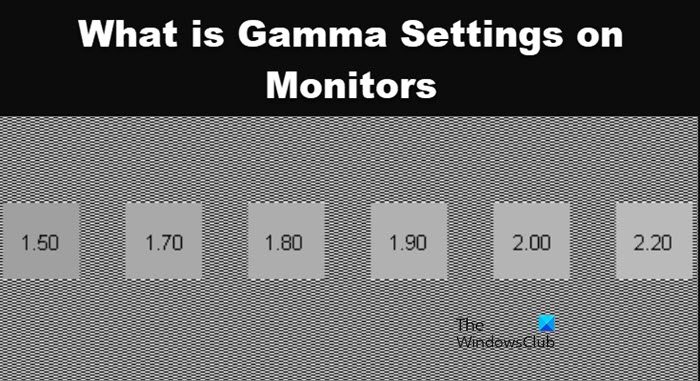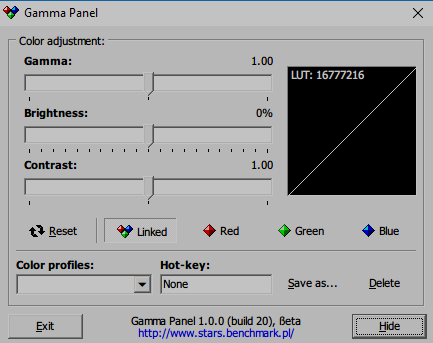The term Gamma settings sounds fancy, and sometimes people get confused about what their specific roles are in our monitors. The term gamma refers to the adjustment of gamma correction, a numerical value that helps compensate for the non-linear way in which the human eye perceives brightness. In this article, we’ll explore what Gamma settings on Monitors are, why they matter, and how adjusting them can impact the viewing experience, offering to achieve optimal image quality for different tasks and preferences.

What are Gamma Settings on Monitors?
Commonly found within the Monitor’s On-Screen display (OSD) menu, Gamma settings refer to the adjustment of the gamma correction, a numerical value that evaluates the brightness of an image and how it appears on the screen. It is pretty necessary to select the correct gamma settings for displaying images, and videos correctly.
This feature essentially controls the relationship between the input signal (the digital data sent to the monitor) and the luminance of the display. To better understand this, imagine the gamma settings as a kind of manager that decides how bright or dark things should appear on the screen. This is adjusted to help make the things on our screen look more natural and how we usually perceive them to be. So if we choose a gamma setting of 1.0, it would mean that the brightness on the screen changes in a simple, straightway with the digital information. But because our eyes see things a bit differently, gamma settings are often higher than 1.0.
For any regular Windows computers, it is recommended to have a 2.2 gamma value, and for MAC devices, it is often set to 2.4. However, if users want to change it a bit, they can easily do so. Adjusting the gamma is like tweaking the TV’s picture settings. we can make things brighter, darker, or more colorful based on our preferences, and it comes in handy when doing things like editing photos or making videos. Proper gamma correction is crucial for accurate color representation and contrast in visual media.
All in all, the gamma settings in the monitor offer options to adjust the gamma level, often represented as a glider or numerical value. Users can experiment with different gamma settings to find the one that best suits their needs and provides optimal image quality for their specific use cases.
Read: Best Brightness Control Software for Windows

If you want to modify the Gamma settings of your monitor, we suggest using the Gamma Panel. This tool is perfect if you need to adjust the screen brightness and display in real-time, and it enables you to customize the RGB combination as well. To download the app, go to filehippo.com.
That’s it!
Read: Best free Monitor Calibration Tools for Windows
Is high Gamma better?
When we are trying to find the best gamma settings it’s necessary to keep in mind various factors, such as personal preferences, the environment in which we are using the monitors, and the type of task we are performing. Therefore, we can’t deem a better setting option as there is no one-size-fits-all answer. However, it is necessary to keep in mind the impact of lowering and increasing the gamma settings. Lower gamma makes shadows look brighter and can result in a flatter, washed-out image, where it’s harder to see brighter highlights. On the other hand, higher gamma can make it harder to see details in shadows. Hence, select what you like as it’s a matter of personal preference.
Read: Color Calibration keeps resetting in Windows
Which Gamma is best for eyes?
The answer to this question again depends on individual preferences and the specific environment in which they use the display, as comfort varies from person to person. However, it is recommended to use a gamma setting that is close to the industry standard of 2.2 as it is generally deemed comfortable for most users during regular computer use. This range is known to offer the optimal balance for true colors.
Also Read: How to restore default Display Color settings in Windows.
Leave a Reply